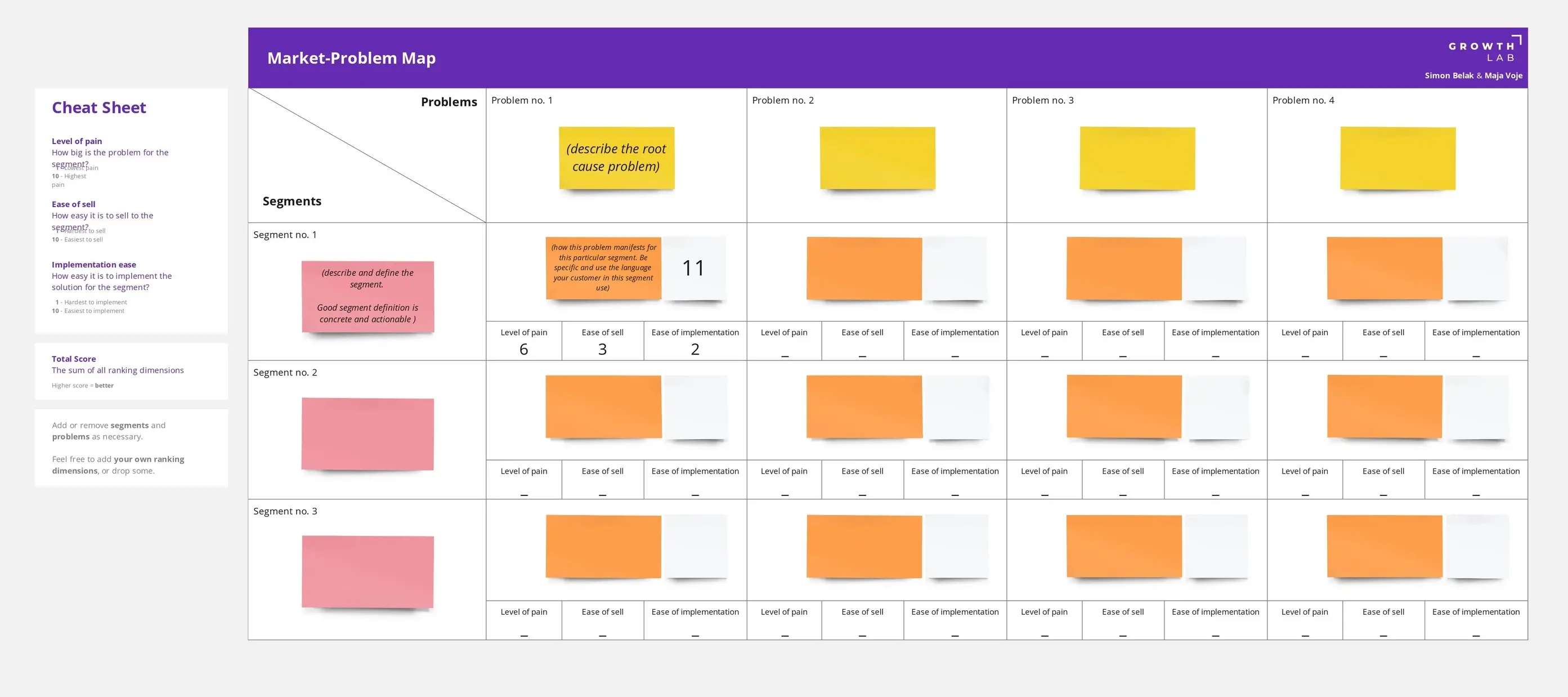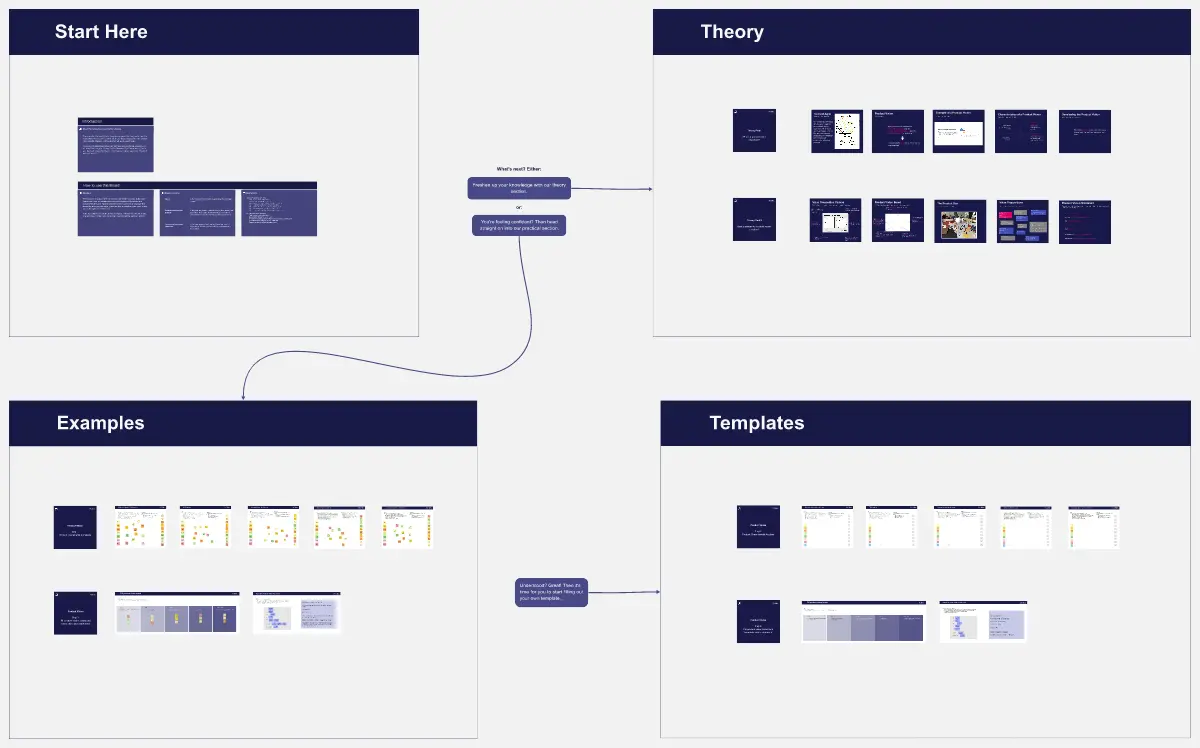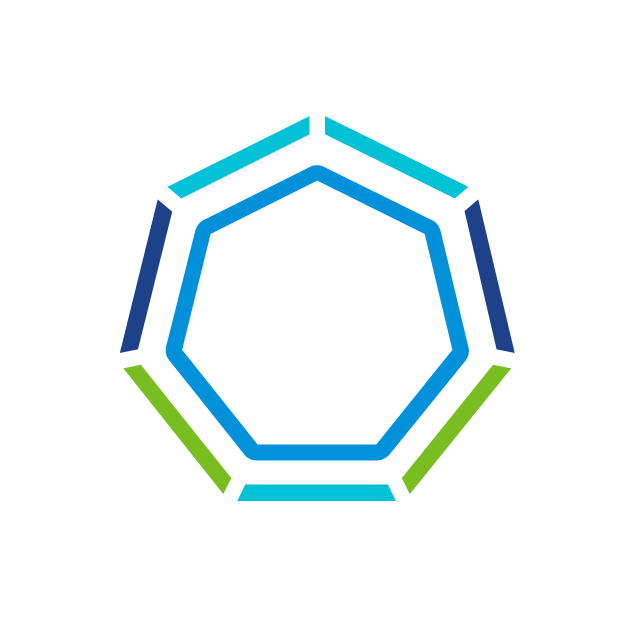GTM Strategist OKRs for Go-to-Market Companies
The main thing to remember about OKR is that you just have to start doing it. Don’t stress out too much, by doing it you will naturally get better!
What
This template is an early-stage startup and GTM (go-to-market) friendly take on John Doers’s OKRs. Traditionally the OKR setup process is tricky to implement for GTM companies because it assumes you are an established business. The original model works well if you have the needed resources, you already know all your business basics like target audience and price point, and you have the product market ready. This is why Matic Moličnik, Natalie Nedre, and Maja Voje joined forces to make it friendly in environments with high levels of uncertainty and volatility. That’s where every resource is scarce and determining mission-critical tasks is, well, critical. Moreover, we added the learning objective to the equation, to help you navigate through uncertainties and progress as you go forward.
Who
GTM OKR Template is a perfect starting point for strategic planning, which is usually done by founders, product managers, and growth experts. To get the best value from it, we advise you to do a workshop with a team of up to 7 people. In case your team is larger (lucky you!) and you have some specialist roles or even departments, we suggest you do the top-down approach, starting with OKRs on a company project to determine strategic OKRs, then going deeper with specialist teams to determine more focused OKRs, which need to be related to strategic ones.
When
You can set up OKRs at any stage of your business; most companies prefer to do it at the beginning of a cycle. If you don’t work in cycles, this may be a good opportunity to start doing so. We recommend doing quarterly cycles for most teams. Of course, if you have plenty of resources and high capability within the team, you can create shorter cycles, e.g. 6 weeks. As Go To Market phase is usually a fast-paced period with plenty of new learning, we stringy advise avoiding cycles longer than 3 months.
You can use this template to align on the strategic or team goals, establish accountability within the team, formalize the “failing is ok as long as we learn” mindset, and agree on what is actually mission-critical.
Step-by-step instructions and tips for using this template
1. Setting Objectives
Always strive to create OKRs in groups. Invite all relevant stakeholders and team members. This way, the template by design aligns everyone involved on what are most important Objectives in the next cycle and how we will measure success using Key results.
Always start at the highest level, company or project level, to set strategic Objectives first. You can reuse the template on a team level later on.
Tip: First, create 3-5 objectives that everyone agrees on. Objectives do not include any numbers (apart from e.g. “Becoming #1 in the region). A good OKR will be a mix of commitment (needs to be done), inspiration (it would be great if we could do it), and learning (we don’t know yet, but we want to learn) objectives. Each Objective should have an owner, someone who oversees the progress.
2. Setting Key Results
For each Objective, determine 3-5 Key Results. A good Key Result is specific, measurable, and relevant to the objective. Being relevant means that completing a Key Result will bring you closer to your objective. Specific means that there it’s no doubt what needs to be done, and measurable means that it is possible to say if something is “Done” or not.
For each Key Result, set a deadline (latest by the end of the cycle), and the owner. The owner is responsible for the key result, which does not mean that this person has to do it. They can organize things for the key result to be achieved by the deadline.
Tip: We even suggest striving for Key Results, that can be partially completed, meaning the Key Result includes a specific number (e.g. 10,000 followers, 40 interviews). This way you can track your progress even more easily on a scale of 0.0 (0 % achieved) through 0.5. (50 % achieved) to 1.0 (100 % achieved).
3. Getting to work
When you have aligned the 3-5 Key results per Objective, move them on the KanBan to start tracking the progress.
4. Key Results are not Tasks - Impact-Effort matrix
For your convenience, we have included the Impact-Effort matrix to the mix. Why? Because Key results are not tasks per se. Growing another 10,000 followers on social media does not tell the team how to get there. To determine which tasks will get you to your key result and consequently to your objective in the most efficient way, use Impact-Effort matrix. Brainstorm ideas (e.g. paid posts, prize games, video content), then evaluate each idea on two dimensions: How much Impact we think this will have on our path toward the key result, and how much Effort we need to give into the execution. Needless to say, don’t start tasks with low impact and high effort, focus on high impact with low effort and if you have resources, start doing what has a high impact but requires high effort from the team.
5. Tracking progress
Tracking progress is essential for knowing where we are and where we are going. It shows us which mission-critical objectives need more attention and resources, and where we are doing fine. An accountability check is also a good opportunity to validate assumptions we had when we set the OKRs.
Tip 1: Have an accountability check 6 times within the cycle. On each check, move the cards on KanBan according to the progress made.
Tip 2: iIf really needed, you can replace 1 Key Result from the mix (or add one, if you have less than 5). However, avoid losing focus and only do this if evidence suggests you do it during the first half of the cycle. Otherwise, there may not be enough time to complete KRs.
5a) How to track the progress:
0.0 means something has yet to be started, and 1.0 means that key results have been achieved 100% (or maybe you even surpassed your goal). Numbers in between show you the progress (0.1 equals 10 %, 0.2 equals 20 % and so on).
We recommend focusing on commitment tasks being 1.0 (100 %) achieved, inspirational tasks to be between 05.-0.7 (50 - 70 %), and learning can be anywhere between 0.3 and 0.8 (30 % - 80 %). This does not mean you have completed 30-80% of your tasks! It means that results are 30-80 % close to what you predicted.
6. After the cycle
When your cycle ends, you have a clear visual overview of your progress and achievements. Evaluate key results and their contribution to your Objective. Reflect on what was good, and what wasn’t, then repeat the cycle again by setting new Objectives or by recycling the old ones, creating new and more challenging Key results.
Categories
Similar templates





